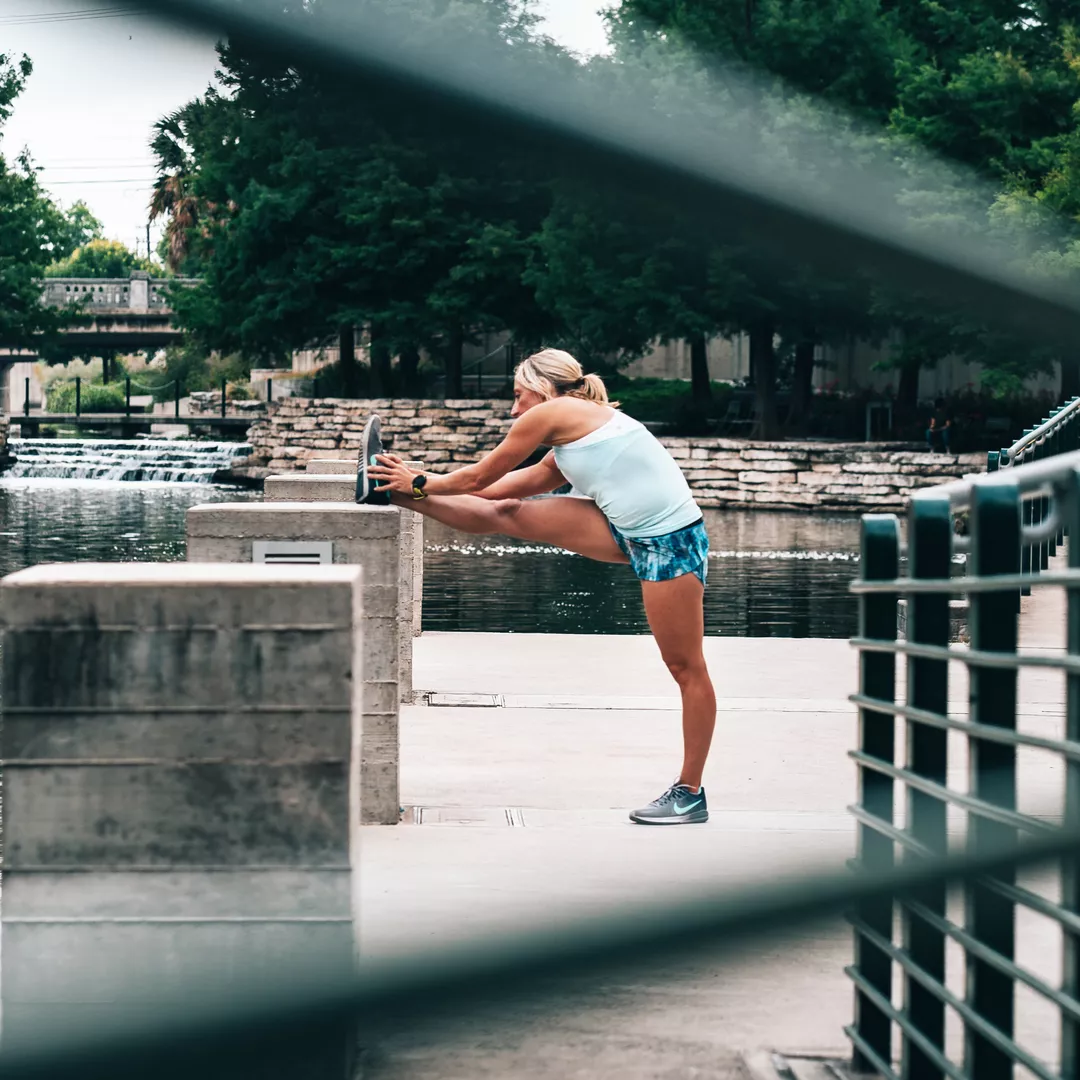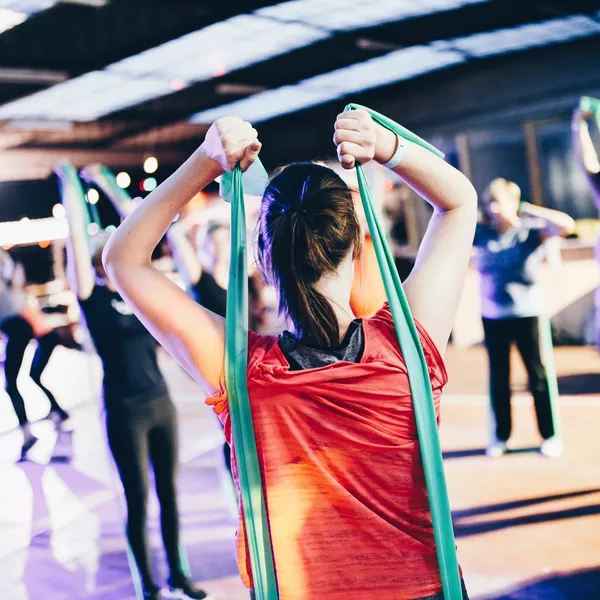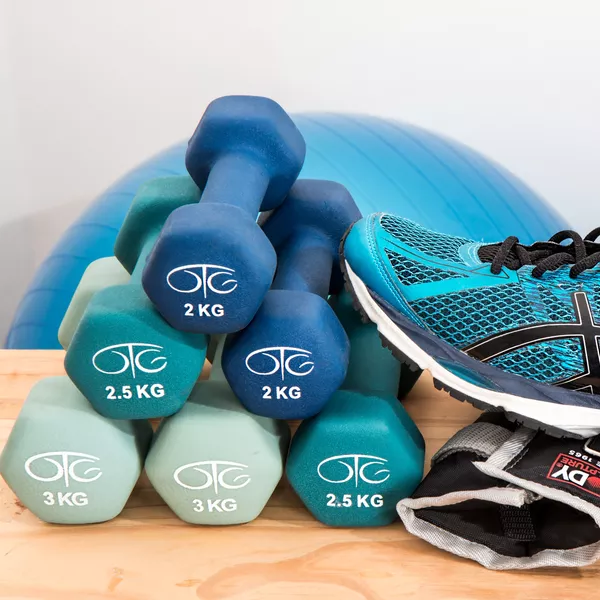
References
- Witvrouw E, Mahieu N, Danneels L, McNair P. (2004) Stretching and injury prevention: an obscure relationship. Sports Med. 2004;34(7):443-9.
- Shrier, I. (2004). Does stretching improve performance? A systematic and critical review of the literature. Clinical Journal of Sport Medicine, 14(5), 267-273.
- Bishop, D. (2003) Warm Up II, Performance Changes Following Active Warm Up and How to Structure the Warm Up. Sports Medicine June 2003, Volume 33, Issue 7, pp 483–498.
- Fradkin AJ, Gabbe PJ, Cameron PA (2006) Does Warming up Prevent Injury in Sport?: The Evidence From Randomised Controlled Trials. Journal of Science and Medicine in Sport, 9(3), 214-220.
About the author
Dr Susan Tyfield
Susan Tyfield is an evidence-based chiropractor who utilises a wide range of treatment techniques and rehabilitation in her sessions and has been practicing for over 13 years.








